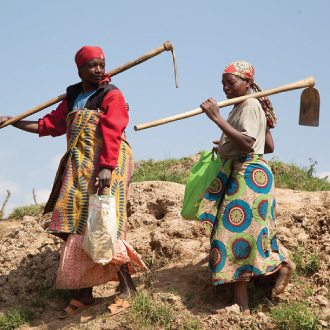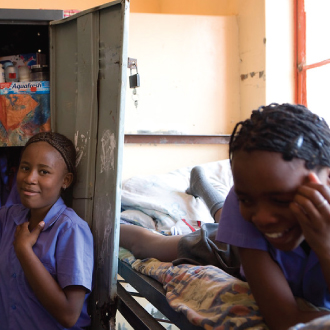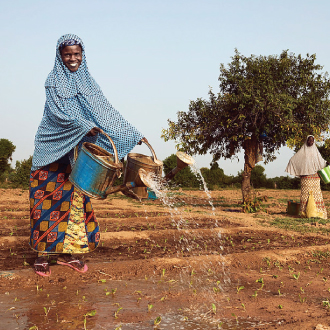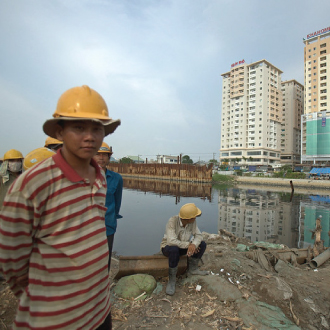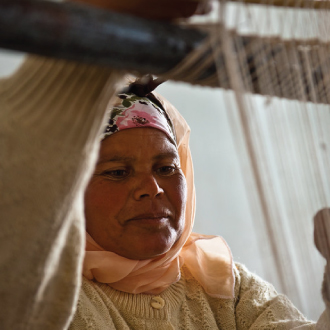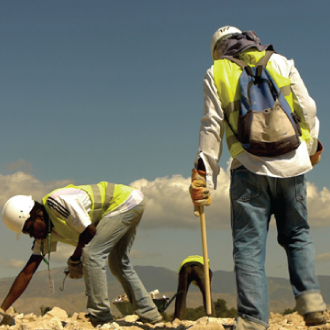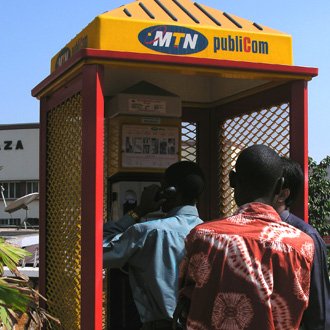Overview
Activities of the KNOMAD are organised around Thematic Working Groups. Each Thematic Working Group will comprise a chair, a co-chair and 3-8 leading experts in their respective fields, selected through a peer-referral process. The chair and co-chair will be responsible...
Activities of the KNOMAD are organised around Thematic Working Groups. Each Thematic Working Group will comprise a chair, a co-chair and 3-8 leading experts in their respective fields, selected through a peer-referral process. The chair and co-chair will be responsible for developing a work-program for the group, ensuring delivery and monitoring results. KNOMAD's outputs include policy notes, data, research papers and books, conferences, capacity building workshop and pilot projects.



